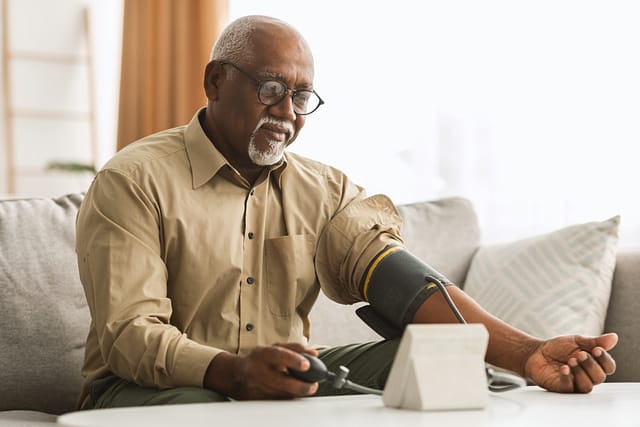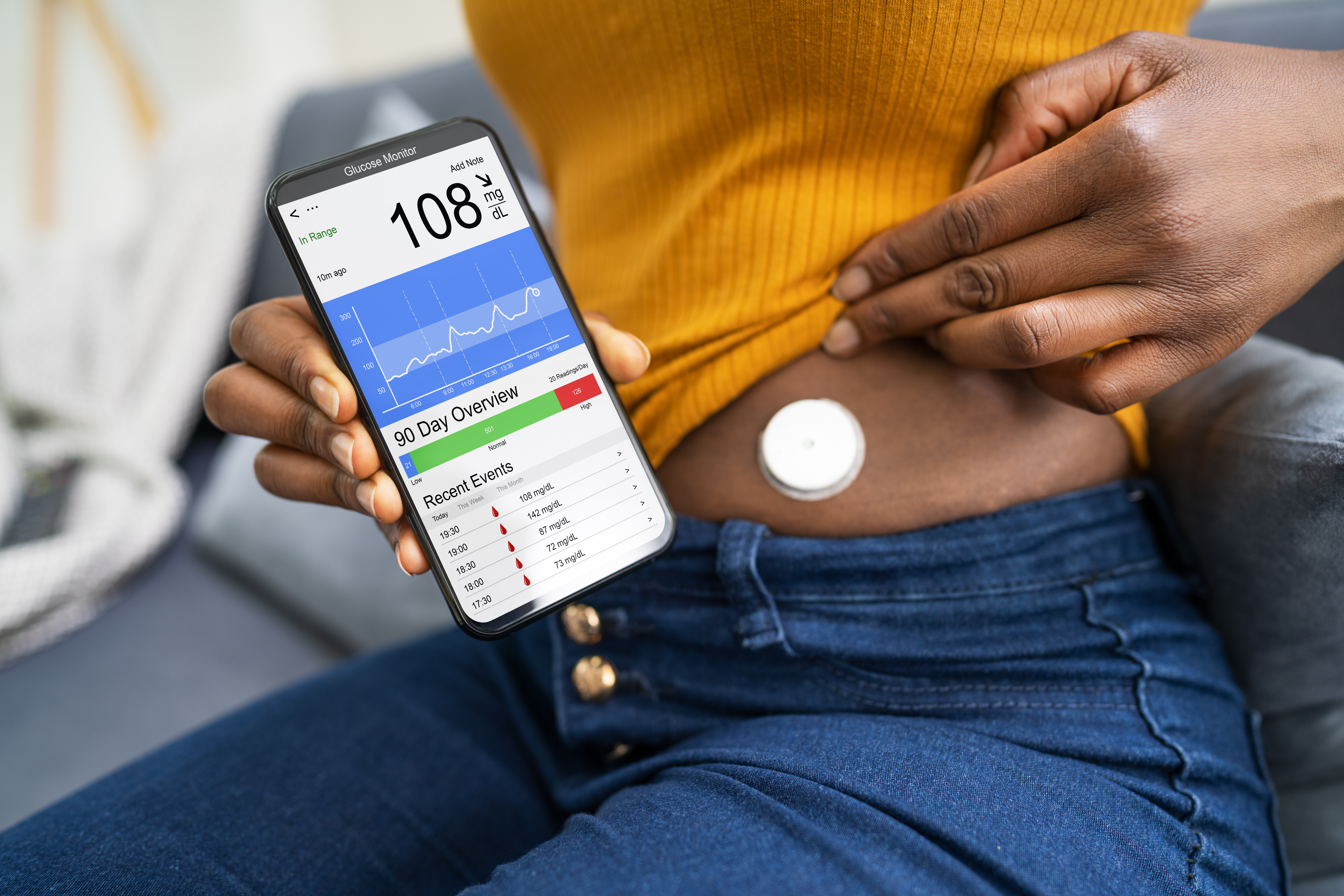Remote wearable medical devices are relatively new to the healthcare sector and have gained widespread popularity over the last decade due to the convenience and accurate health insights they provide. In the past, medical equipment such as heart rate monitors, pulse oximeters, blood pressure monitors, and other devices could only be accessed within a healthcare setting. Today, devices such as smartwatches and commercial remote monitoring equipment allow patients and providers to receive and analyze health data in real-time. As access to these reliable health monitors continues to expand, the healthcare sector is seeing improvements in patient health and clinical efficiency.
How Wearable Medical Devices Are Changing Healthcare
Wearable medical devices are changing healthcare by providing patients with new ways to monitor and assess their health insights. These devices can be used to monitor patients’ vital signs, track their activity levels, and provide them with information about their health. Modern wearable medical devices can also be used to provide direct care to patients in conjunction with telehealth platforms by allowing patients to input their health data, which can be interpreted and addressed by their healthcare provider.
These devices offer many benefits to both patients and healthcare providers. For patients, these devices can improve quality of life by providing them with information that they can use to make healthy adjustments in their daily lives. For healthcare providers, wearable medical devices can improve efficiency by allowing them to monitor their patient’s health more closely and provide them with direct care when necessary.
Types of Wearable Technology in Healthcare
There are many types of wearable technology in healthcare, each having its own unique purpose. In this blog, we’ll explore some of the different types of wearable medical technology and how they are used in healthcare. We’ll also discuss the benefits of using wearable technology and how it can improve patient care.
Remote Blood Pressure Monitors

High blood pressure puts at-risk patients at risk of heart disease and stroke, therefore it’s critical to check blood pressure regularly to detect any problems early on, and get treatment if required.
Remote blood pressure monitors are used to evaluate patients’ blood pressure from any location and can send data directly to their healthcare provider. These typically involve a cuff that a patient puts around their arm, and may include a digital reading device that can be integrated with a telehealth platform. Currently, this is the most accurate method for measuring a patient’s blood pressure remotely, however, smartwatches and other devices are beginning to integrate blood pressure monitoring features.
Remote Heart Rate Monitors

Remote heart rate monitors are an essential piece of equipment for many individuals, from patients with heart-related issues to professional athletes. They help medical professionals keep track of a patient’s heart rate and rhythm, which can be vital information in diagnosing and treating various conditions. The most common types of remote heart rate monitors used in healthcare are those that measure electrical activity (ECG or EKG devices). They work by detecting the electrical signals that the heart produces with each beat, which enables healthcare providers to have accurate readings of the patient’s heart condition. By allowing patients to monitor their heart rate from home on a more regular basis, healthcare providers can help to prevent emergencies and help keep patients on track with their heart health.
Remote Blood Glucose Meters

Remote Blood glucose meters (commonly known as continuous glucose monitors) are devices that measure the amount of sugar in a person’s blood. They are an important tool for people with type 1 diabetes, as they can provide highly accurate readings which are necessary for effective diabetes management. These devices work by inserting a sensor under the skin which measures glucose levels and wirelessly delivers a reading every few minutes. If a reading is less than optimal, patients and their healthcare providers can receive an alert and take immediate action. By continuously monitoring blood sugar levels, patients with type 1 diabetes can make adjustments to their diet and exercise routine, as well as their medication, if necessary.
Remote Pulse Oximeters

A remote pulse oximeter is a small, noninvasive portable device that patients can use to measure their blood oxygen saturation. These devices, typically worn on the patient’s fingertip, measure how much oxygen is present in a patient’s blood. They are commonly used for patients with chronic respiratory illnesses, such as asthma and COPD, as they allow them to identify early signs of their respiratory condition worsening. If patients notice a concerning drop in their blood oxygen saturation through their remote pulse oximeter, they can get in touch with their healthcare provider or emergency services if needed in a more timely manner.
The Impact of Wearable Medical Devices on Healthcare Delivery
Wearable medical devices are having a positive impact on healthcare delivery, providing patients with better access to care and allowing clinicians to monitor their progress more closely. These devices are becoming increasingly sophisticated, with some able to track vital signs and others able to provide real-time feedback on patients’ conditions. As wearable medical devices become more commonplace, they are likely to continue to have a major impact on the way healthcare is delivered.
Thank you for reading. To stay up to date on current healthcare topics and news about Aetonix, subscribe to our mailing list at the bottom of our blog page. Connect with us on social media using the links at the bottom of this page and share your thoughts!

